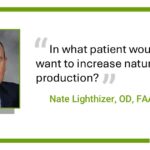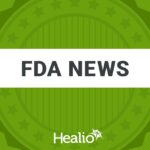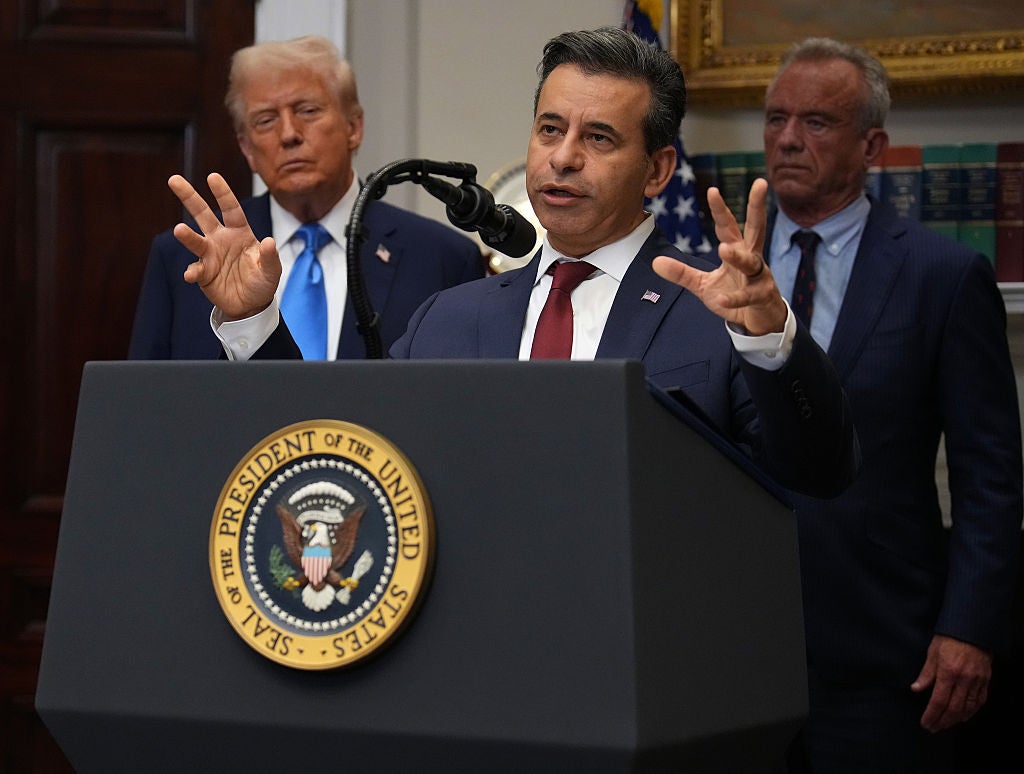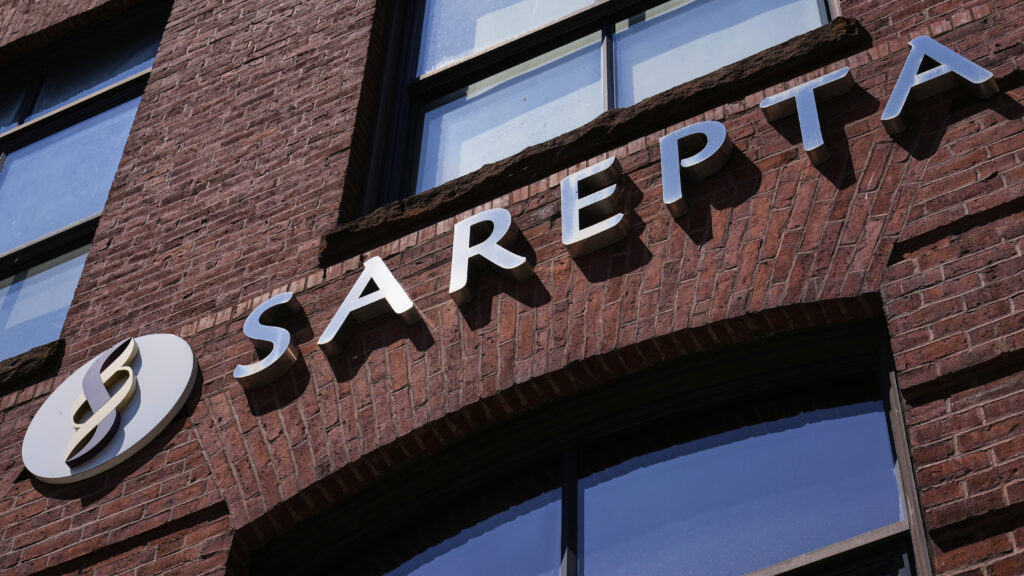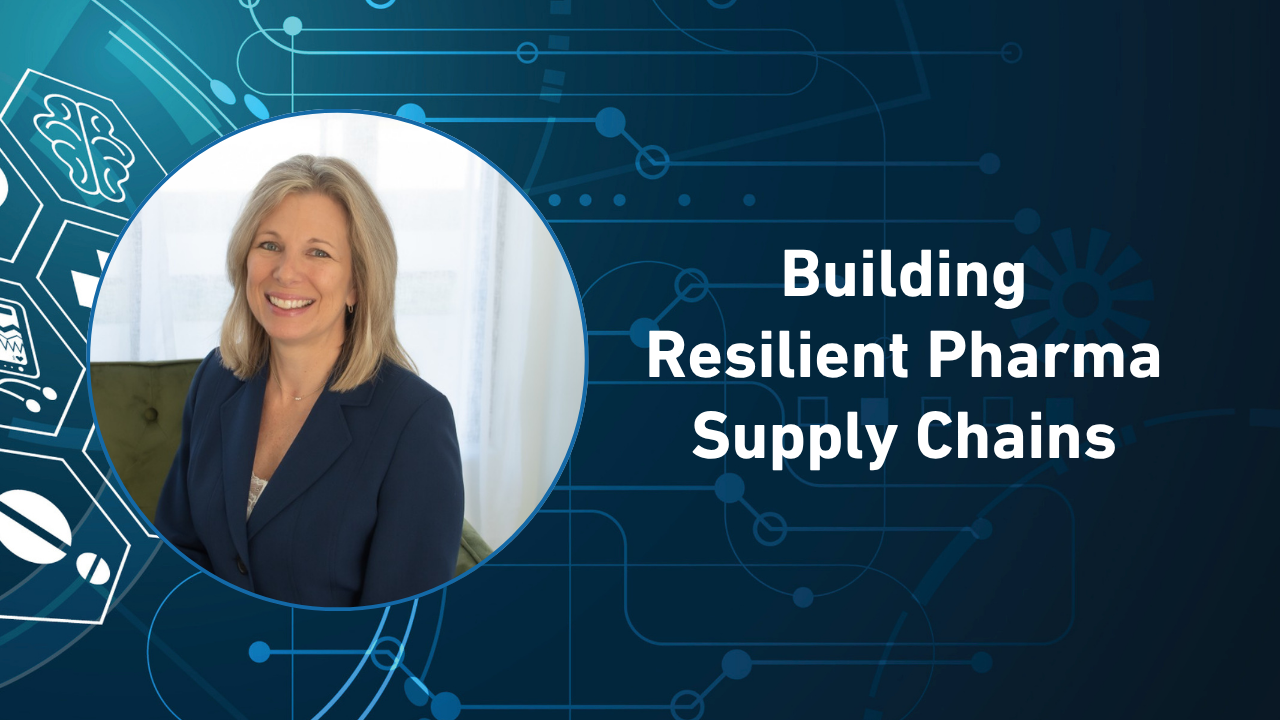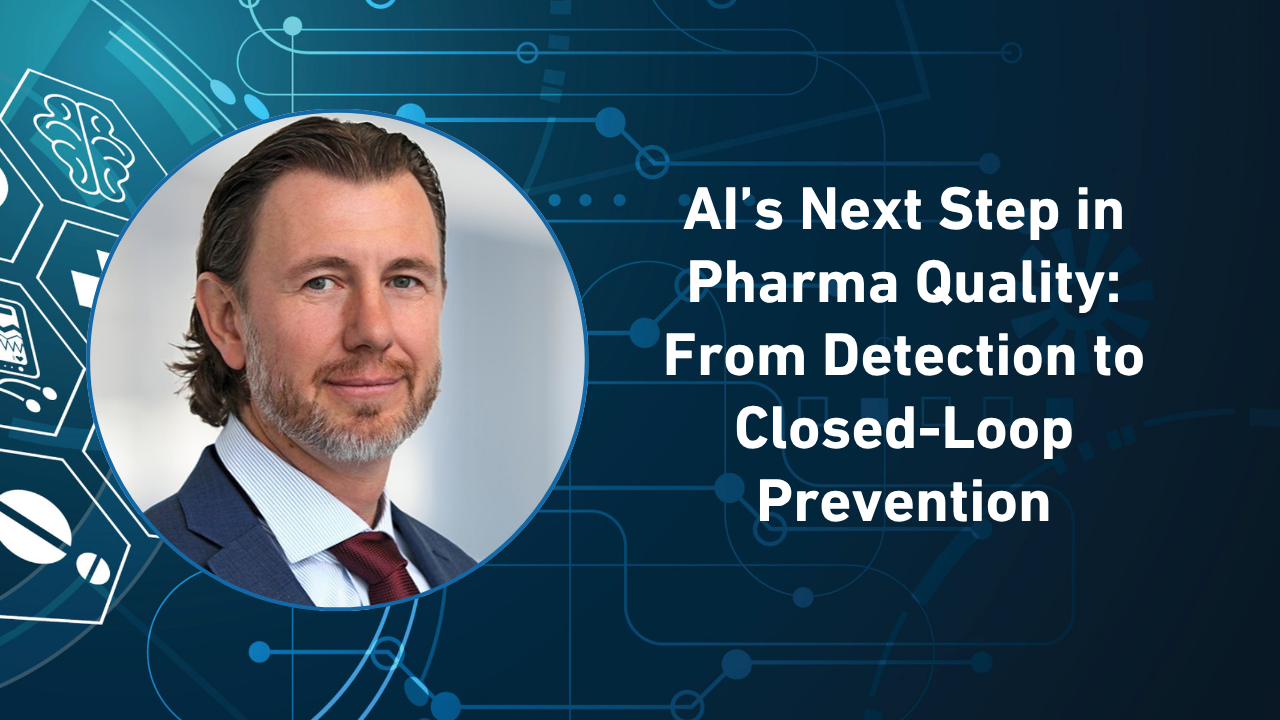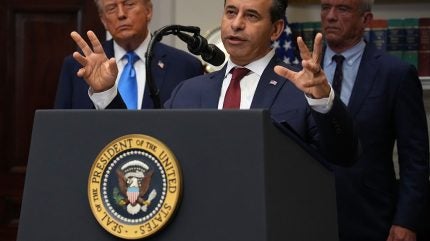
In the midst of the rising popularity of glucagon-like peptide-1 receptor agonists (GLP-1RAs), and their compounded versions, the US Food and Drug Administration (FDA) has been stepping up its efforts to curb the entry of illicit drug materials into the US markets and their improper marketing.
On 5 September, US Food and Drug Administration (FDA) Commissioner Marty Makary announced the establishment of a “green list” import alert. This list will include is meant to active pharmaceutical ingredients (APIs) in approved GLP-1RAs like such as Eli Lilly’s Zepbound (tirzepatide) and Novo Nordisk’s Wegovy (semaglutide) that are manufactured in FDA-approved facilities from illegal imports for manufacture of compounded alternatives.

Discover B2B Marketing That Performs
Combine business intelligence and editorial excellence to reach engaged professionals across 36 leading media platforms.
At the same time, the FDA is also coming down against direct-to-consumer advertising by drug companies selling unapproved drugs or including misleading information, in a bid to protect consumer interests.
Pharmaceutical Technology spoke with Dan Troy, who was chief counsel for the FDA from 2000–2004, and is now managing director at Berkeley Research Group, about what these agency moves could mean for the pharma sector. He also explores the FDA’s growing aversion to expert drug approval committees and expands on why he doubts many of its recent changes will stand the test of time, in an accompanying episode of GlobalData Healthcare podcast.
GlobalData is the parent company of Pharmaceutical Technology.

Frankie Fattorini (FF): The FDA’s green list aims to distinguish FDA-verified imported ingredients used to manufacture branded GLP-1RAs from illegal imports and compounded versions of these drugs. Makary described this as, “aggressive action to protect consumers from poor-quality or dangerous drugs”. Is the green list likely to have the desired effect?
Dan Troy (DT): Well, I certainly hope so. I think many of us who are long-term FDA observers have been somewhat surprised by the agency’s lack of aggressive action vis-à-vis compounded GLP-1RAs.
As we all know, GLP-1RAs are administered by a sterile injection. It’s very hard for pharmaceutical manufacturers to always maintain the level of quality that is required for sterility, and for compounders it’s even more difficult.
Also, in general, FDA is not wild about compounding for understandable reasons. The compounded drugs are not safe and effective, as determined by FDA with its rigorous standards. So I was heartened to see that FDA has finally taken this action. An import alert is a good start, it’s an important action, but there’s going to be no such substitute for FDA taking enforcement action against companies that are continuing to market these dangerous compounded GLP-1RAs.
FF: The green list of import alert was announced around the time when the Trump administration announced the 100% tariffs on imported. Is there any interplay you can see between these policies?
DT: I don’t think so. I think the FDA action with respect to the compounded GLP-1RAs is really targeted on the adverse public health effects from compounded GLP-1RAs. Might it have an indirect draw of supporting the President’s attempt to onshore manufacture? Maybe, but I think those are two very different and distinct sort of efforts.
What the President’s tariffs, interestingly, seem to be focussed on is bringing branded product manufacturing onshore, and a lot of the problems that we have in terms of having offshored our drug supply is really with generic products — which is not to say there aren’t branded products also that rely on Chinese or Indian API (active pharmaceutical ingredients) — but it’s a lot more cost-effective to onshore branded products. That’s a much more economically feasible thing to do than to onshore low-cost generic manufacturing, which we still need to do, or at least to “friend-shore” generic manufacturing, but that’s a much steeper climb.
FF: Can you give us an idea of the scale of health risks driving this green list policy?
DT: The FDA has listed over 1,000 reports of adverse events from compounded GLP-1Ras [tirzepatide and semaglutide] on its website but it says those are almost certainly underreported because compounders don’t have the systems in place that pharmaceutical manufacturers have to report all adverse events.
I’ve worked at a pharmaceutical company and even if a secretary is in a cocktail conversation with someone at a party and finds out that there was a problem with one of the medicines, that secretary or the general counsel or the CEO are all obligated to report that within 24 hours to the FDA. So the pharma companies have very robust policies and processes and systems; compounding companies don’t.
FF: The FDA is also in the middle of a crack down on direct-to-consumer advertising by drug companies, to address concerns that companies were not providing complete, balanced information about the benefits and risks of drugs.The FDA intends to remove what it describes as the 1997 Adequate Provision “loophole”which initially opened the door for direct-to-consumer drug advertising. What do you think of the measure?
DT: I’m very sceptical of it. Let’s start with the idea that in America, truthful, not misleading, scientifically substantiated statements have constitutional protection. [MV1] We could argue whether they’re subject to heightened scrutiny, but they are protected by the First Amendment.
The FDA regulations basically banned broadcast advertisements about drugs and that was an incredible constitutional vulnerability. The FDA realised that, and that’s why in 1997 it said it’s not really tenable for us to be banning scientifically substantiated speech about medicines. That’s why the FDA was forced to allow DTC advertising to be developed.
And it turns out that DTC advertising has driven conversations between patients and doctors that they wouldn’t have otherwise had, and this has led to positive health effects. Overall, I know DTCs can be annoying, but that doesn’t mean that they’re not valuable and they’re not First Amendment-protected speech. I think the administration is going to have a lot of trouble in tamping down or repressing this speech.
When I was Chief Counsel, I told the Division of Drug Marketing, Advertising, and Communications (DDMAC) — which is now the Office of Prescription Drug Promotion (OPDP) — if you want to maintain that something is misleading, given we’re the government we have the burden of proof. You need to show me some social science evidence or at least have some social science experts say this is misleading to consumers.
Also, this administration has laid off a lot of the people in OPDP, so I don’t even think they have the social science experts left to substantiate their claims about drug ads. If drug companies push back on the FDA, I think they will have a fair amount of success because, again, they have the First Amendment behind them.


